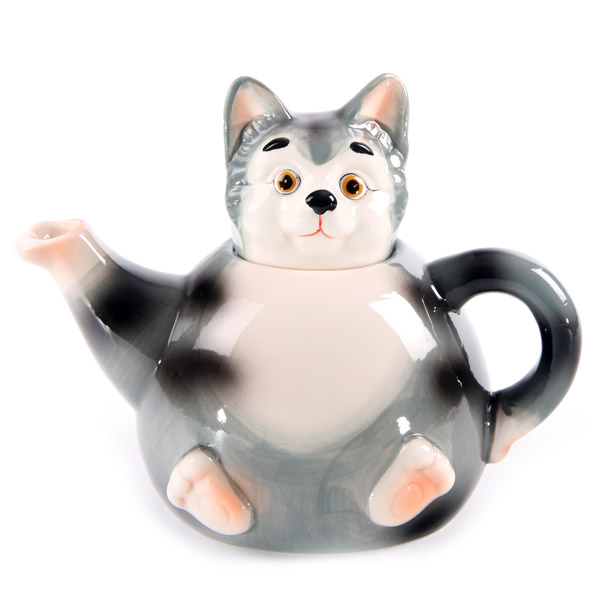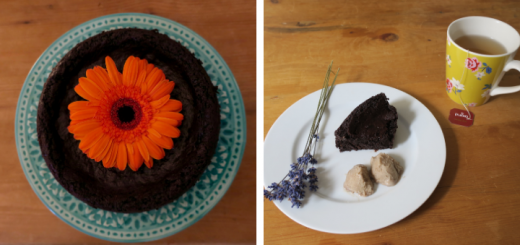Caffeine Free
ˈkafiːn/
noun: an alkaloid compound which is found especially in tea and coffee plants and is a stimulant of the central nervous system.

For years I have been a slave to caffeine. Within 5-10 minutes of waking, the coffee is brewing and only after downing the said cup do I feel even vaguely human again.
“That’s not right”, I thought. It can’t be the case that I can only function with any modicum of normality after I’ve administered a dose of a drug. So I considered cutting down.
Not much changed I’m afraid. Cutting down may help long term effects but in the short-term, if you want to really feel the benefit, I found the best thing to do is just stop for a while; detox!
The first few days are the most challenging as your body begins to demand its fix. If you can get beyond this stage without falling off the wagon, great but if you’re really struggling, start the first week by restricting caffeinated drinks to before 12pm. Caffeine typically takes around 8 hours to leave the body so by not drinking anything after 12pm, you’ll begin to feel the benefits of more restful sleep, which I found gave me motivation to cut it out completely… for a bit.
The worst part I found was the headache phase. Up to 3 days after my last dose of caffeine, I was still getting intense headaches behind my eyes. This is normal, I’m told, and the symptoms subside naturally within 3- 4 days of beginning detox.
As a child, I was first introduced to coffee by my father teaching me (if that’s the right phrase) to make a cup of instant coffee. I was so delighted that my Dad would trust me to undertake such a task that from then on, I sought to make the best cup of coffee, ever. I was then at the beck and call of my lone judge, who would very much take advantage of his new-found coffee slave. I would dutifully jump to his requests, each time hoping to impress him with my coffee making skills and each time I would be met with a ton of compliments and affirmations that I do indeed make the best coffee (in Morpeth, at least!)
As I grew older and wiser, I became somewhat suspicious. 2 or 3 years on, I still was met, every time, with wonderful compliments about the coffee I had prepared. “No-one else I’ve made coffee for made such a fuss”, I thought but I just put it down to my Dad being over complimentary (although again, I saw this as another cause for suspicion).
As it turns out, my Dad was simply lazy. He wanted his coffee made for him and pandered to my ego for his own caffeine-laden gains but despite this, I am thankful to him for introducing coffee to my life. I never looked back…. until now.
In August 2013 I stopped smoking cigarettes, which I had done since I was… actually, I’m too ashamed to go into that! At the same time, I decided to go on a bit of a health kick. Having kicked the fags, I was desperate to eat more healthily but with that I had to make a heart-wrenching decision of whether to cut out caffeine as part of my “health kick”.
Once the headaches subsided, which was after 2-3 days, I felt a calm that I had not felt for a considerable time… I mean, years! I slept soundly and right through where I was typically waking about 4am for 5 minutes or so for no apparent reason.
The main thing I learned in all this was about the alternatives. Caffeine’s all very well but just as much pleasure can be gained from non-caffeinated drinks. Herbal and fruit teas, for example or just good old decaf. I had, in the past, never seen the point of decaf. If you’re going to drink coffee, you do it for the hit, right? Or perhaps not.
I opened my heart to herbal and fruit teas, one in particular I found was Rooibos. A red bush (the translation of Rooibos from Afrikaans) tea plant from Southern Africa, naturally decaffeinated and delicious. Most tea brands have their version, Dragonfly Teas, Yogi Teas, Pukka and Clipper.

Dragonfly Teas
Dragonfly is a British company with a legacy dating back to the Nineteenth Century and a global reach in terms of where their teas are sourced. From refreshing Moroccan Mint, past traditional Indian Chai Tea and on to the mystical swirling mist White tea, Dragonfly’s blends will keep you coming back for more. Who needs caffeine?
Yogi Teas
Smarter than the average bear? No. The Yogi Tea story began in 1969 as Yogi Bhajan, a lover and teacher of holistic living, started a Yoga class in the USA. With it, he began to blend a number of Ayurvedic (a system of natural medicines originating from the Indian Sub-continent) herbs and spices into tasty and invigorating teas to compliment his holistic lifestyle. Yogi Teas are often named after their intended purpose, such as “Bright Mood” tea or “Throat Comfort” although there are the usual suspects too, Sweet Chai, Sweet Chilli and even Choco Tea!
Clipper
Dorset. 1984. Two tea chests full of the finest Assam tea arrive in Beaminster where Mike and Lorraine Brehme begin their love affair with tea blending. A Fairtrade pioneer from the tea world, all of Clipper’s teas, coffees and hot chocolates are packed in 100% biodegradable, non-chlorine bleached paper and card from managed, sustainable forests. All teabags are made from unbleached paper and can be composted at home.
Pukka
Translated from Hindi (I thought it was cockney!) Pukka means ‘authentic’, ‘genuine’ or, more colloquially, ‘top-quality’, ‘Pukka’ epitomises their ethos and ambition in producing high quality and diverse Ayurveda-inspired tea blends.
Despite all of the wonder contained in the range of herbal and fruit teas available from EthicalSuperstore.com, I can’t abandon caffeine. It’s good to take a break now and then but life seems so much easier with the caffeine crutch!



I was told that Turpentine and Formaldehyde were used to extract the caffeine, is this true?
Hi there,
I’d really recommend reading this – http://en.wikipedia.org/wiki/Decaffeination
There are a number of different decaffeination methods so it depends on the particular brand and the method they employ.
Thanks,
Kenny